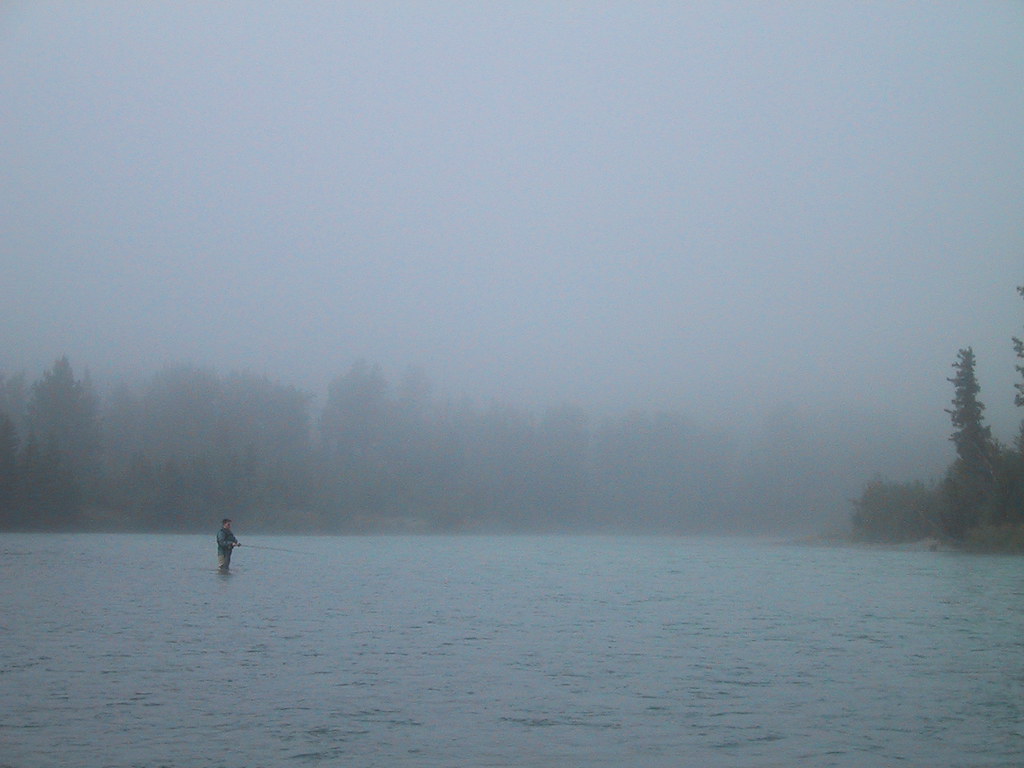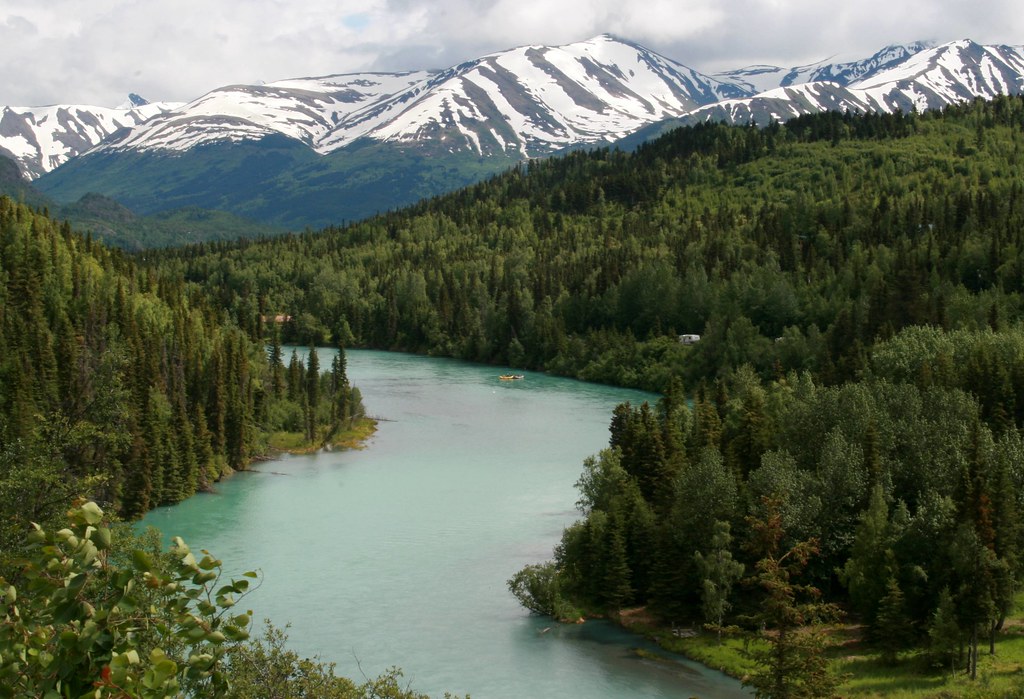“Look deep into nature, and then you will understand everything better.” ~Albert Einstein
There is so much that we can learn from nature. Especially those of us in the seafood industry – to provide healthy, sustainable seafood, we must understand how the biology works. In order to implement proper management, we must first understand habitat, migration patterns, mating tendencies, life span, and so on. Creatures have evolved together for millenia in a state of equilibrium. Some things die while others live; it was all in a sort of perfect balance. Now humans are in the picture, and we have decidedly introduced discord into the natural world. We sometimes forget the simple lesson – nature has already created a harmonious structure. There is still much to learn from looking at the world around around us.

Image courtesy of Flickr User MartialArtsNomad.com
There is an intense ongoing disagreement between fishermen in Alaska regarding salmon in the Kenai River. To simplify things for the sole purpose of this article, we will nickname commercial fishermen as CFs and recreational fishermen as RFs. CFs pull in the large catches of fish and shellfish that are eventually sold at market. RFs are the small scale fishermen who only catch what they need to feed themselves and their families. Since they compete for the same resources, CFs and RFs are almost naturally assured to encounter some arguments. Interestingly, these fishermen could learn a valuable lesson by taking a look at the biology of the salmon they seek.
The battle of Cook Inlet
When the fight involves an especially valuable and prized fish, such as salmon, the discussions can become rather heated. For decades a battle has raged between CFs and RFs at Alaska’s Cook Inlet at the mouth of the Kenai River. This area is essentially a bottleneck for salmon making their way from the ocean to the river to spawn. Two species of salmon pass through here: the reds or sockeye salmon, and the kings or Kenai salmon. CFs rely on the reds and set up their nets close to the mouth of the river; the RFs seek the kings in dramatic line-and-rod fish vs man contests further upstream. Unfortunately for the RFs, the CFs tend to scoop up all the fish coming into the river regardless of which species they are – their gillnets catch both reds and kings, effectively turning kings into bycatch.
Over the past few years, the RFs have noticed a considerable decline in their catch of kings. There are many sport fishing businesses that rely on abundant king runs. Their livelihoods depend on having kings for RFs to catch – no fish means fishermen don’t bother with buying permits or fishing equipment. As the catch of kings dropped dramatically from 17,000 fish caught in 1988 to 1,619 kings in 2011, the arguments escalated, especially since the CFs pulled in 2,988 kings in addition to their catch of reds during the same year.

Image courtesy of Flickr User karaian
The CFs were almost completely shut down for the 2012 season because of this situation. This allowed the RFs to have their share of kings while the CFs watched from the shore as most of their reds went by. The RFs fought to ban certain types of nets in Cooks Inlet, an initiative that was rejected by the Alaskan lieutenant governor. CFs have accused the RFs of wanting to put them out of business. It’s been a messy battle.
A new solution emerges
The Alaska Department of Fish & Game had attempted to initiate a study to learn about the depths at which the different salmon species swim. A commercial fisherman beat them to the punch. Gary Hollier discovered a very interesting phenomenon – by deploying his commercial nets at a shallower depth, he caught significantly fewer king salmon, while still catching a normal amount of sockeye salmon. Apparently, king salmon will swim under the nets – while sockeye will swim right into them.
If CFs begin to use this shallower net, they will still catch their reds while the kings will make it upstream to the RFs. It’s a genius solution that relies on simple salmon biology.

Image courtesy of Flickr User Frank Kovalchek
Learning to coexist
This raises a curious question about salmon biology. Why would one species swim at a different depth than another in the same river? It actually makes perfect sense, speaking from an evolutionary standpoint. When two different species have to share the same space and the same resources, they either exterminate each other or they adapt to coexist peacefully – each adjusting themselves so they occupy a unique niche. These two salmon species are competing for the same river that will take them upstream where they can spawn and contribute to the continuation of their species. In their situation, they were able to adapt – the kings learned to swim at lower depths and the reds at shallower depths so that they don’t have to compete for the same space. They can live alongside each other and still survive.
Does this sound familiar? CFs and RFs are in the same plight as the kings and reds were some hundreds, maybe thousands of years ago. They are sharing the same resource and encountering a faceoff where they either learn to coexist – or decimate each other. Seems to me the fishermen have an important lesson to learn from the fish.
The CFs and RFs can use this new net-depth information to create a cooperative existence, where they both obtain what they want without harming the livelihood of the other. There is a message here. We still have so much to learn about the natural biology of the world. By studying creatures that have coexisted for thousands of years, we can discover how humans can live in harmony with each other and with nature.
Join us in celebrating the complex, yet oddly simple, coexistence of nature’s creatures. Let’s work together in protecting our natural resources. Support businesses that strive to protect the environment, such as Pucci Foods.


